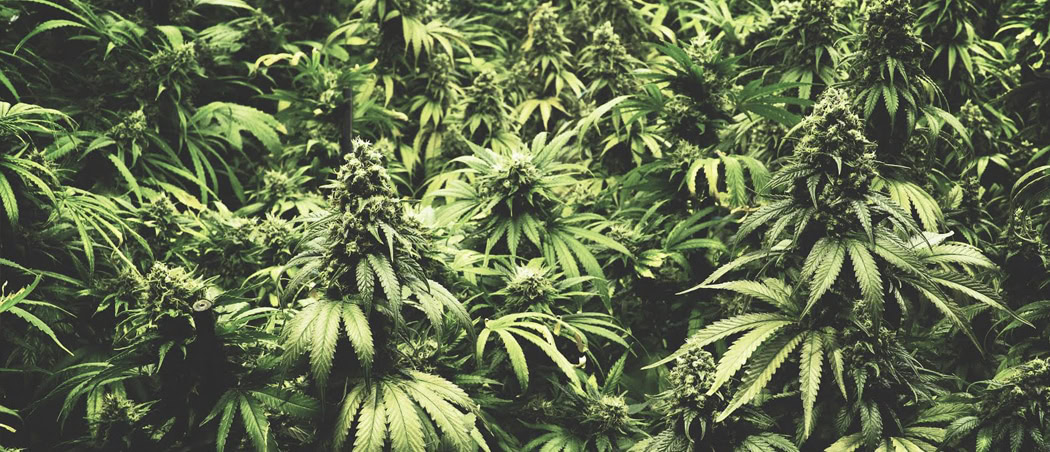
No doubt, you’ve heard of Kilimanjaro or Afghan Kush, but did you know they are considered Landrace strains? Have you ever wondered what exactly a Landrace strain is, where they came from, and why they are so rare?
Man’s kinship with cannabis is documented as far back as 2900 B.C. In biblical days, cannabis grew wild in its native habitat where growers weren’t doing a lot of crossbreeding. Cannabis strains tended to be what today we call Landrace strains. Broadly speaking, a Landrace is a pure cannabis strain cultivated in its natural environment which has never been crossbred with another variety.
Landrace strains, having grown wild and indigenously over the years throughout various regions in the world with virtually no variations from one plant to another, these strains maintain remarkable consistency. You won’t find hybrid ‘landrace’ strains — generally, they are either 100% Indica or Sativa.
Where Do Landrace Strains Get Their Names?
Landrace strains are usually named after their country or region of origin. For example, Acapulco Gold and Panama Red are sativas from Mexico and South America respectively; Hindu Kush and Pure Afghan are indicas from the Afghanistan/Pakistan region.
According to lore, Landrace strains find their origins in the Hindu Kush region of Afghanistan and Pakistan, where they eventually spread to Asia, Africa, Jamaica, South America, and remarkably, Russia.
A Landrace Renaissance
In recent years, the resurgence in popularity of genetically unadulterated Landrace cannabis strains may seem to run counter to the desire of so many consumers to seek out the latest and greatest, most innovative crossbred strains. However, many consumers have sought a return to our cannabis roots.
Rick Pfrommer, Director of Education at the famous Harborside Health Center, observed:
“Original landrace and other heirloom strains are often lost in today’s hyperkinetic world of breeding. Our constant desire for new strains leads breeders to continually cross and re-cross existing strains looking for the next big thing. There is, however, a small but growing contingent of cultivators who are returning to our cannabis roots and propagating old landrace and heirloom strains.” — Rick Pfrommer
What Makes Landrace Strains So Unique?
Because Landraces are pure strains, their flavor and effects are unique and distinct from newer hybrid strains. These special plants maintain consistent and distinct characteristics. While many of these strains appeal to connoisseurs, simply because a strand is considered a Landrace doesn’t mean every Landrace’ strain represents the pinnacle of quality. Landrace is simply a designation to describe its genetic purity and indigenous upbringing.
The properties of Landrace strains vary by region, and because over their history they never experienced the sudden introduction of new genetics through hybridization, they adopt the qualities that are most ideally suited for the region they were grown. So, while these conditions don’t mean they are by definition superior, their characteristics are certainly unique.
Nevertheless, for many veteran cannabis users, lighting up a vintage strain such as Acapulco Gold can be an exciting trip down memory lane, evoking memories from an earlier era. And, in fact, many adventurous travelers have been so inspired to make the journey to the now infamous “Hippie Trail,” also known as the “Hashish Trail” (which spans Turkey to India).
Why Are Landrace Strains So Rare?
While experiencing a resurgence in consumer interest, true landrace strains have become increasingly difficult to find. Why? Think about it. If you take a Pure Afghan out of its native environment, then try to grow it in Humboldt, inevitably under a different climate and growing conditions, some of the characteristics that made it so unique will be lost.
It’s rare to see [Hindu Kush] flowers around much these days, although her family still ranks among cannabis royalty..”— High Times
Out of their indigenous environment, they must now learn to mature under an entirely different set of growing conditions. In response, the plant will take on new characteristics that not until many generations will it then stabilize and find an equilibrium. No longer will that strain perfectly resemble the original strain, but instead will now be a phenotype instead of a true Landrace.
Because historically true Landrace strains have been difficult to come by, in a quest to experience authentic Landrace strains, some Western cannabis connoisseurs have made the journey to the “Hippie Trail,” returning from home with seeds from their favorite strains.
A few of the most popular varieties include Afghanistan/Pakistan's Hindu Kush and Pure Afghan; Jamaica's Lamb's Bread; Mexico's Acapulco Gold; Africa's Durban Poison and Malawi; and Panama Red from Central America.
Want to learn more? Post your questions in the comment section below.
[mc4wp_form id="20346"]
